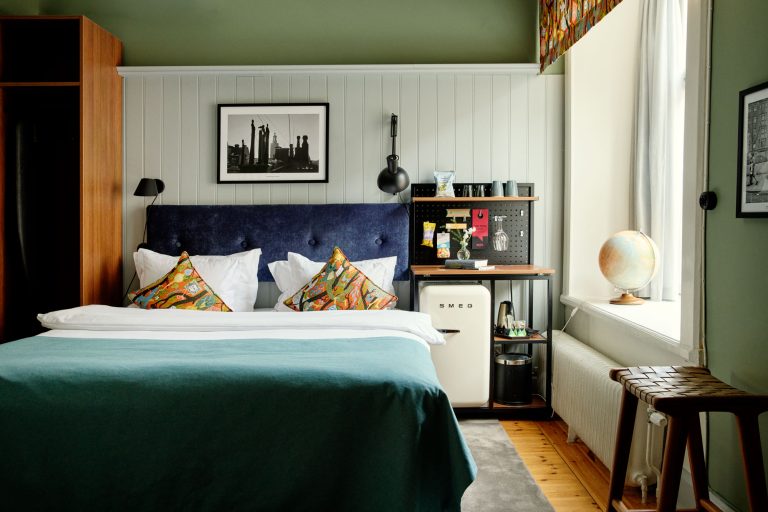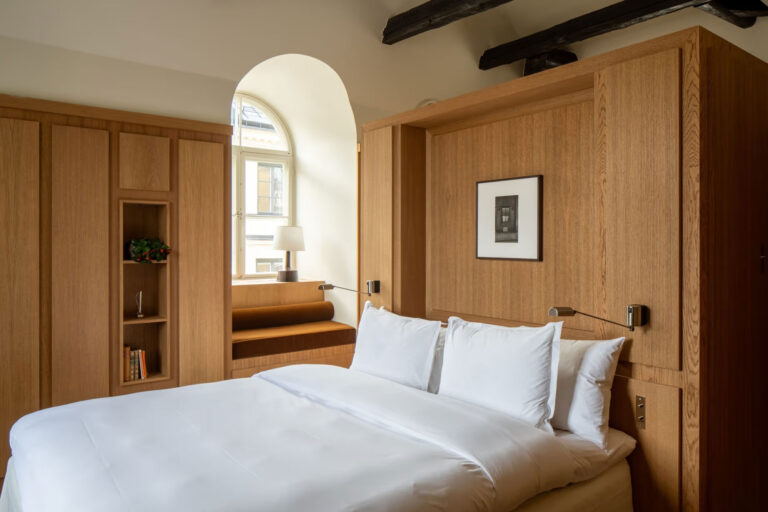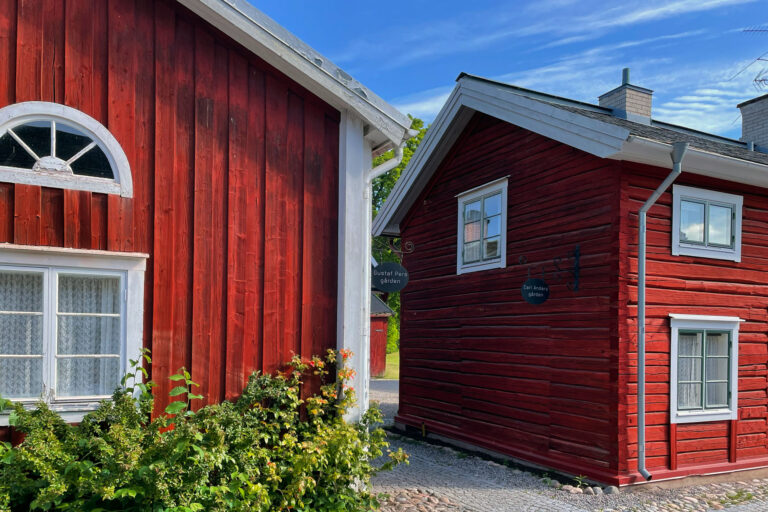The Nordics
By air, land or water? Pick the best travel route from A to B
The Nordics • Insider guides • By air, land or water? Pick the best travel route from A to B
An insider guide to travelling across the Nordics
Getting from A to B in the Nordics isn’t just about plotting the fastest line on a map. Distances stretch wide here, landscapes shift dramatically and the way you travel shapes the experience. A domestic flight can leapfrog mountain ranges in under an hour, while rail journeys glide past lakes and birch forests that never appear from the sky. Ferries cut across fjords and archipelagos, doubling as moving viewpoints and long-distance buses fill the gaps where tracks don’t reach. The choice comes down to what you value most – speed, cost or the chance to see the journey unfold. This guide helps weigh each option, with practical comparisons and tools to make the decision easier.
Table of Contents

How do I find the quickest, most affordable or most comfortable way to get from one Nordic destination to another?
Modern travel planning tools can do most of the hard work. In practice you want a door‑to‑door, all‑in comparison of time and cost. This means accounting for airport or station transfers, waiting times and any baggage or seat‑reservation fees. A single search can line up all the options: trains, buses/coaches, ferries and flights, with total travel time and price for each. For example, multimodal search engines like Omio will compare and combine air, bus, rail and ferry journeys and calculate the total trip time and cost. By filtering that one result page for your priorities (fewest transfers, lowest price, etc.), you can instantly see which route wins.
One thing to keep in mind: always double‑check what the “all‑in” cost covers. Some flight fares don’t include bags or seat selection and some train or bus tickets require advance seat reservations (especially night or high‑speed trains). Make sure to add any extra fees into your comparison. In short, start with a comprehensive search and make sure you’re comparing city‑centre to city‑centre travel times and fully bundled costs rather than just base ticket prices.
Compare routes door to door

What are you optimising for – time, price or comfort?
First, decide which two criteria matter most to you, since you often can’t maximise all three.
Time
If time is king, short‑haul flights usually win (they can cover 500–800 kilometres in one to two hours) even after adding airport transfers. For example, a flight from Copenhagen to Oslo (about 600 kilometres door‑to‑door) takes just one hour and 10 minutes of flying, whereas a train and bus or coach takes around 8 hours.
Price
If price is your top concern, long-distance buses or slower regional trains often offer the most budget-friendly fares. It’s easy to compare current options and discounts across all modes in one place using Omio, especially when weighing the difference between flight and ground travel.
Comfort
Finally, if comfort or convenience is your focus, look to overnight trains or ferries with cabins or direct routes with fewer steps. Trains and ferries offer more space to move, larger seats or beds and often better service (quiet cars, dining, etc.) than a cramped airplane seat.
Environmental impact
There’s also a fourth factor you might consider: carbon footprint. In the Nordic region, electric rail is very low‑carbon. Even regular ferries (using marine diesel) can emit more per kilometre than planes. If emissions are a concern, trains and full coaches often win, buses can be lower than planes (especially if bio‑diesel is used) and high-speed ferries are the worst.
In summary, pick the two factors you value (for example, speed and comfort or price and comfort, etc.) and then evaluate which modes fit.
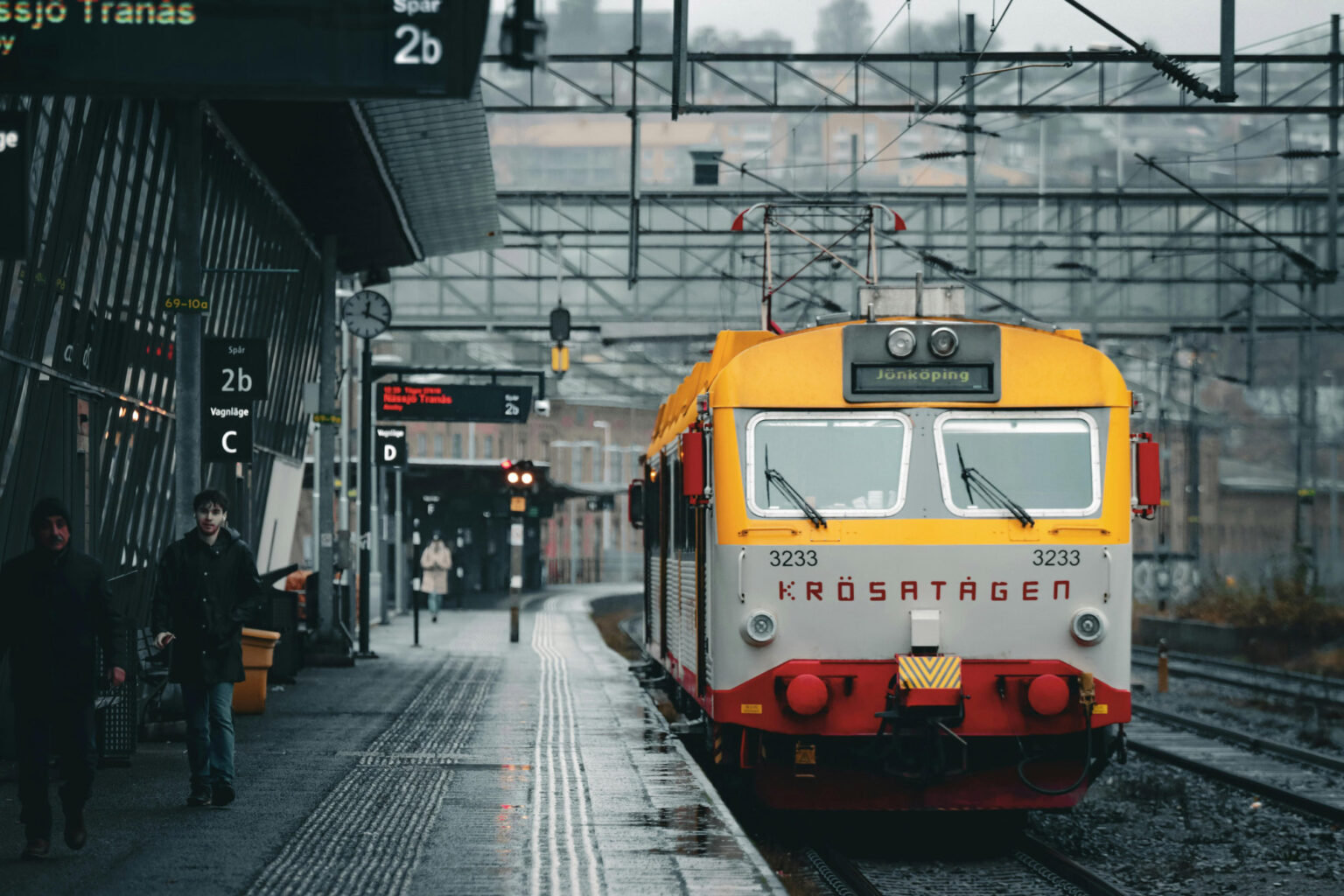
How far is this leg, really?
Distance largely determines the race. Roughly speaking:
Under 600 kilometres
If the rail route is reasonably direct and runs at typical intercity speeds, trains often win once you count getting to/from airports and check-in. European research shows rail tends to outperform air on many city pairs under roughly 500 kilometres where line speeds and station access are good. For example, the Stockholm–Gothenburg route (395–400 kilometres) is a comfortable three- to four-hour rail trip from centre to centre, a clear door-to-door advantage over flying for many travellers.
600–1,200 kilometres
At this range, the best choice depends on several factors: are there fast, direct trains? How many changes does the rail itinerary require? How far are the airports from the city centres? Day trains, or even overnight services where available, can compete with short flights, especially if you value comfort or want to avoid losing a hotel night. The Stockholm–Oslo corridor illustrates this well. Daytime trains connect the cities efficiently, but there’s currently no regular overnight sleeper on this route.
Over 1,200 kilometres
Flights usually take the lead. Most practical travel between, say, northern Scandinavia or the Nordics and the Baltics is by air, unless you’re explicitly using the travel time for sleeping or sightseeing. For example, Helsinki–Luleå (900 kilometres) can be done by a 13-hour train and ferry journey vs a one hour and 30 minute flight and longer trips (e.g. Stockholm–Tromsø) are most efficient flown. Only consider long overland routes if a comfortable night train exists and you want to skip one hotel night.
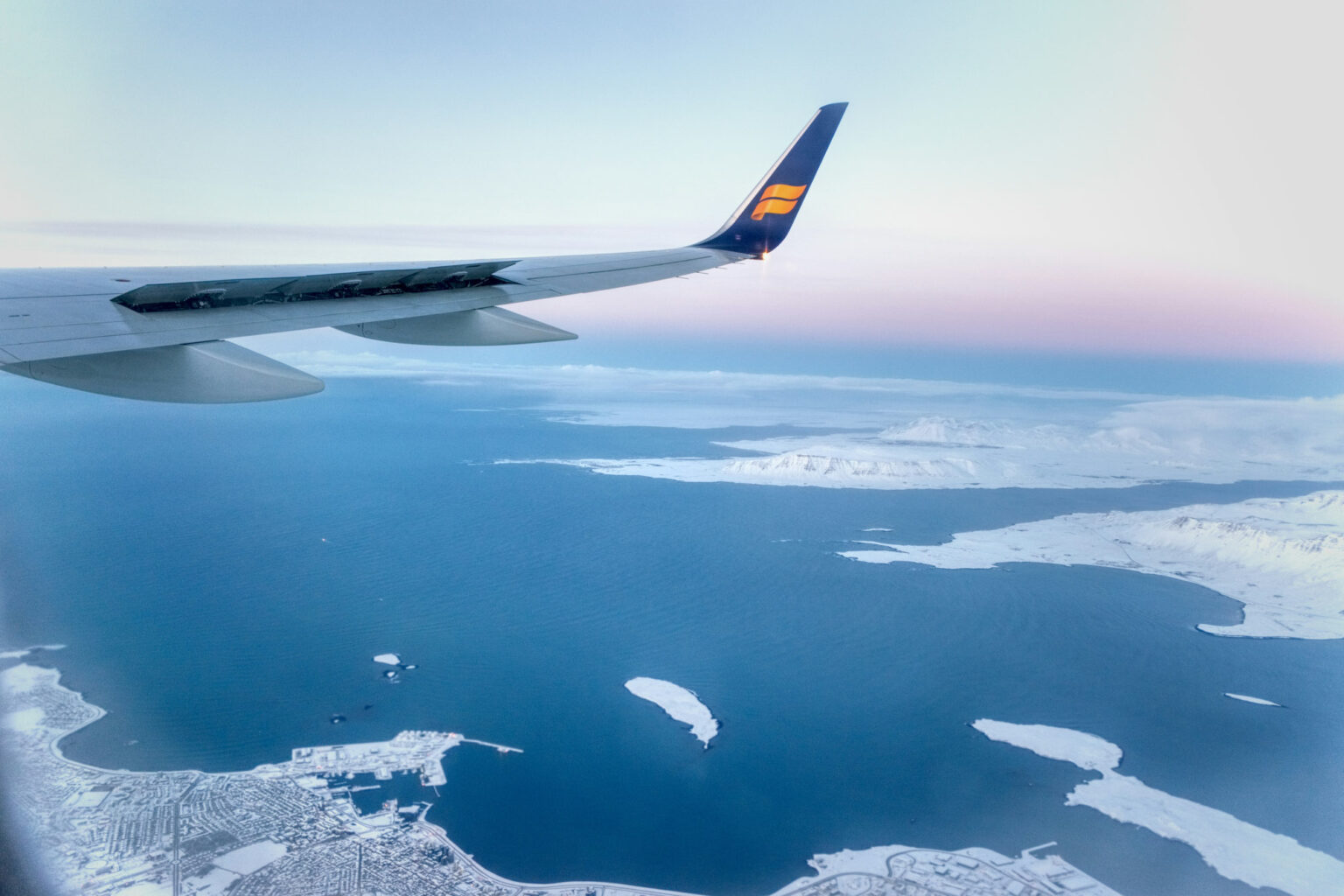
Where do you start and finish – city centre, port or airport?
It’s crucial to compare door-to-door times. That quick one-hour flight can easily stretch into three or four once you include the airport commute. Major Nordic airports tend to sit well outside the city core. Reaching Stockholm Arlanda or Oslo Gardermoen takes about 30–50 minutes by train or bus from downtown. Add another 90 minutes (domestic) to 120 minutes (international) for check-in and your one-hour flight suddenly becomes three to four hours, end to end.
Trains and coaches, by contrast, typically depart from central stations. Copenhagen, Oslo, Stockholm and Helsinki main stations are in the heart of the city (often a short tram/taxi ride away from hotels).
Similarly, ferries dock at city-centre quays (Stockholm’s Värtahamnen or Stadsgården; Helsinki West Harbour; Kiel/Travemünde for northern Germany, etc.), so a ferry is literally right in town.
In short, always calculate travel city centre to city centre. For instance, if you’re flying into Stockholm Arlanda (ARN), factor in the onward connection to town – whether it’s the Arlanda Express (about 18 minutes) or the airport bus (roughly 45 minutes).
A quick Omio check will show both, side by side, so you can weigh time against cost before you even book.
Compare routes door to door
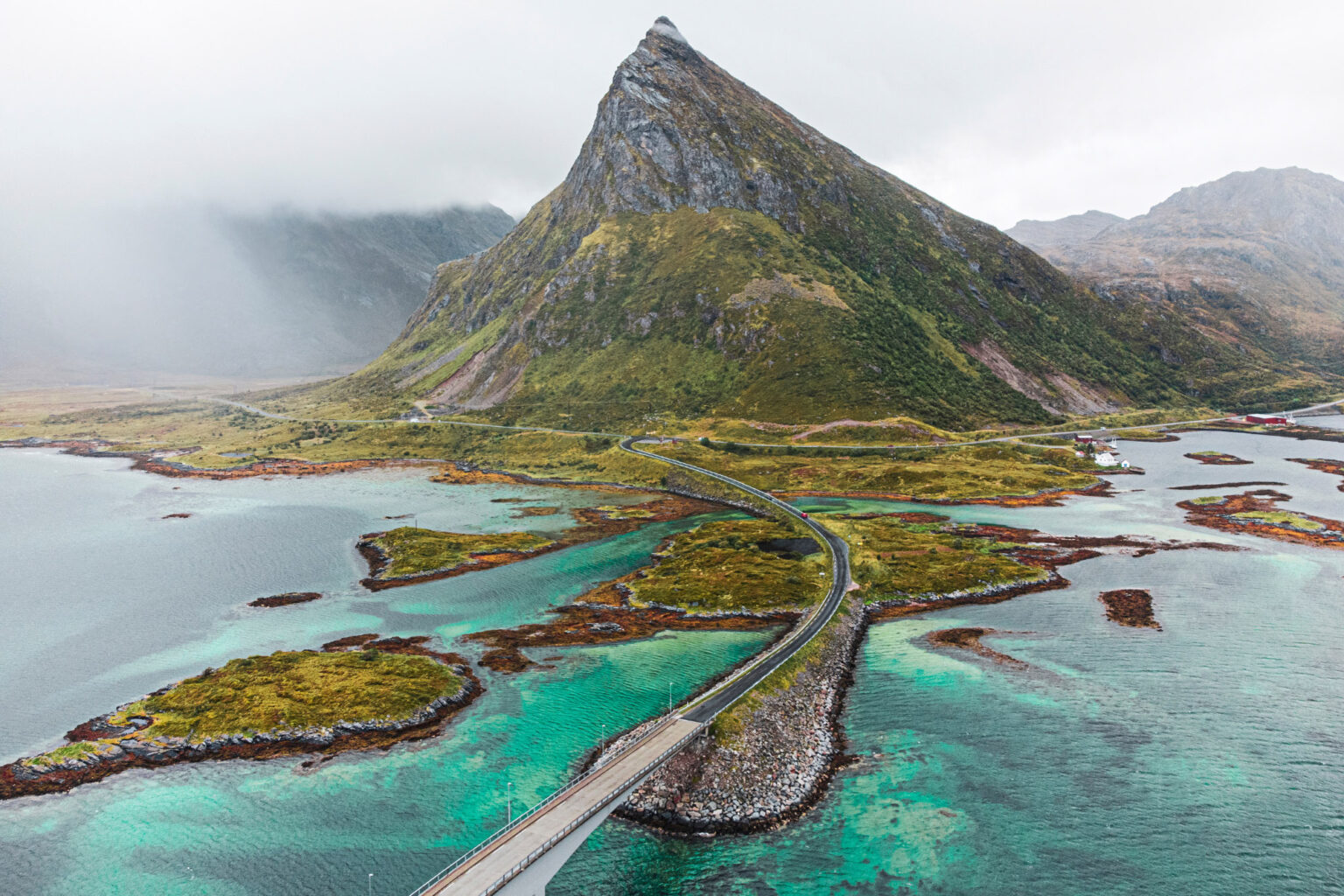
How well is this corridor connected today?
Frequency and reliability matter. A route with multiple daily direct options is always less risky than one that relies on rare connections. On popular corridors such as Oslo–Copenhagen or Stockholm–Helsinki, transport choices are plentiful. For instance, several airlines operate frequent daily flights between Stockholm and Helsinki, while Viking Line and others run overnight ferries on the same route. By contrast, there’s currently no direct train or bus between the two capitals – only ferry and flight connections.
Seasonal factors can also appear: some ferry lines (like Norway‑Denmark car ferries) run all year but with reduced winter schedules and certain summer-night coaches (e.g. tourist routes) may not operate in deep winter.
In general, count the moving parts: direct versus transfers. Fewer legs means fewer things to go wrong. If your fastest itinerary requires two train changes or a flight plus an overnight bus, that adds risk (missed connection, extra wait). On heavily trafficked corridors you might have backup choices (extra trains or flights), whereas on a quiet route you may have just one per day. Always check the timetable: more trains and ferries per day give flexibility, while a single daily connection (common in the far north or small islands) demands precise timing or a longer overnight stay.
When in doubt, check a real-time planner such as Omio to see the frequency of trains, flights and ferries in one place. It helps you gauge how flexible a route truly is without digging through multiple timetables.
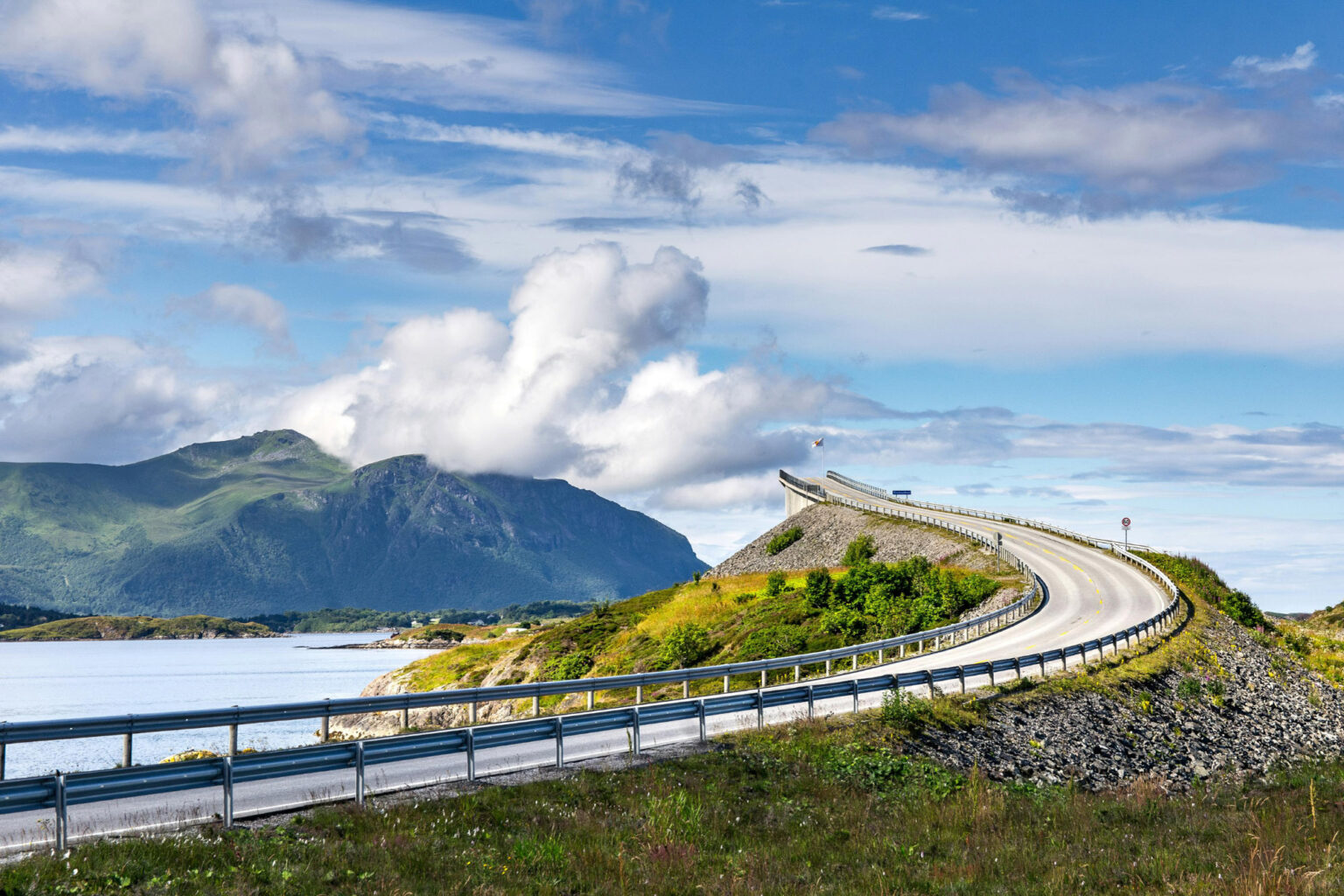
What does the all-in comparison say?
Once you’ve gathered the data, tally it carefully. Add up actual in‑transit time and all transfer and wait times. Add dwell time to board buses or trains and add 30–60 minutes for check-in and security on flights. Then compare apples to apples: e.g. “Train A takes four hours with one 15-minute transfer vs Flight B takes one hour plus 45 minutes transit and check-in, so the total time would be two hours.”
Hidden costs matter too. Low-cost airlines frequently charge extra for luggage, seat selection or priority boarding. Trains and coaches usually allow more baggage without additional fees, though some high-speed or night trains require advance seat reservations. Consider any local transfers, taxis or shuttle services as well and allow a cushion for tight connections.
Ultimately, the fastest flight ticket may not be the cheapest end-to-end. When you factor in luggage, transfers and seat reservations, a train or coach can be just as economical and sometimes more convenient. Tools like Omio make it easy to compare all modes in one place, showing travel time, number of transfers and general costs without needing to dig through multiple sites.
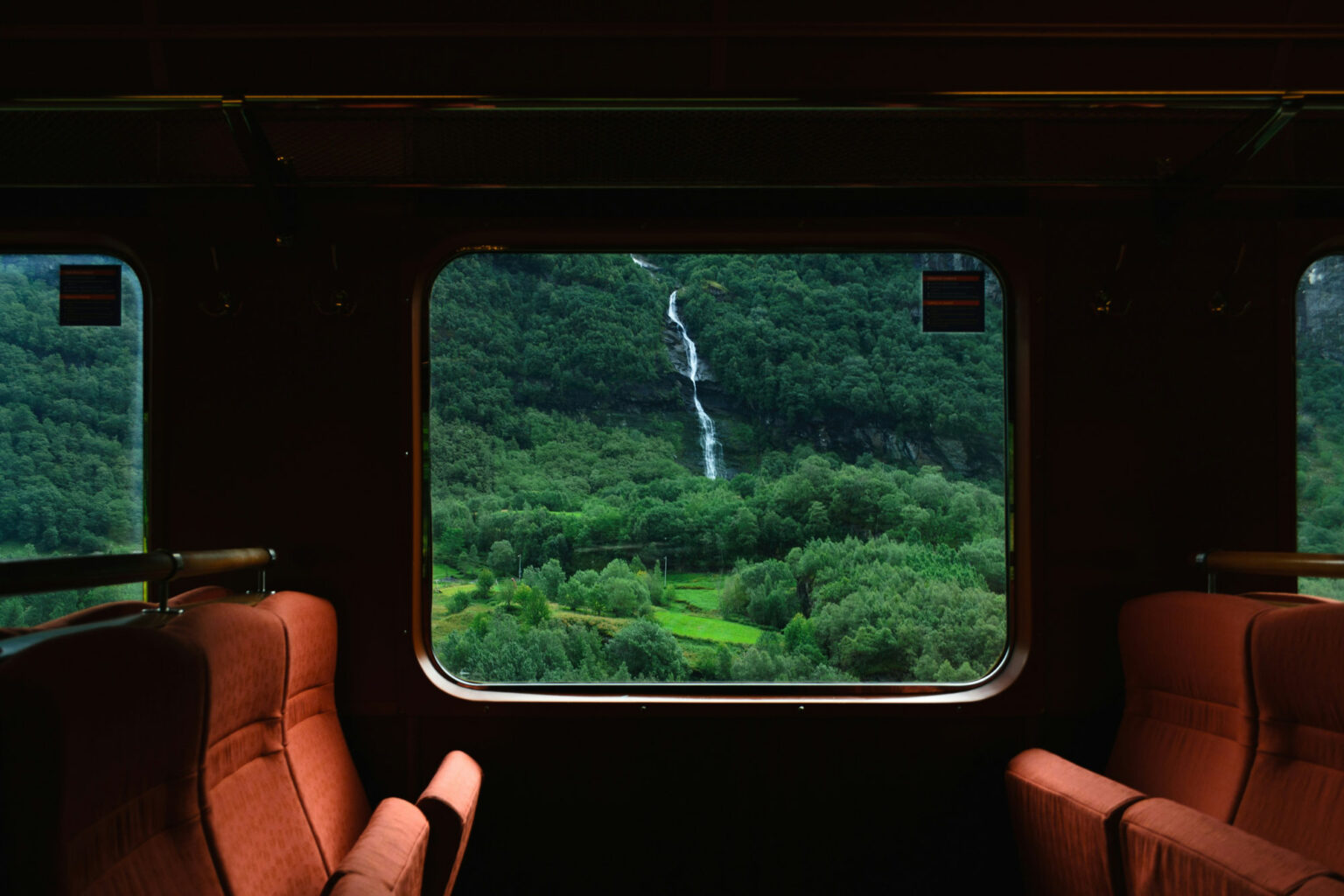
Could travelling overnight make this simpler?
Sometimes, yes. If the itinerary would otherwise cut a day short (early flight plus hotel expense) or require a night’s accommodation, an overnight transport can streamline things. For long overland legs, consider night trains or night coaches. Many European night trains allow you to sleep in couchettes or cabins and arrive by early morning. For example, instead of flying overnight and checking into a hotel, you might take a sleeper from Stockholm to Oslo (arriving at 5:30 in the morning) or a 00:30 coach, letting you start the day in the destination. Overnight ferries operate similarly, combining transport with onboard amenities like dining and private cabins.
There are a couple of things to consider. You’ll want to arrive at a reasonable hour (say before 08:30 in the morning) to make the night ride worthwhile. Also check the sleeping accommodation: night trains have seats, couchettes (shared bunks) or private cabins (with a bed and sometimes a washbasin), while ferries offer a range from reclining seats to private cabins. Coaches usually only have reclining seats (or very basic sleep seats). Families or groups should note if a coach has “family seats”. If you don’t need to arrive early, though, the overnight option means one less night paid in a hotel and you’ll save daytime travel.
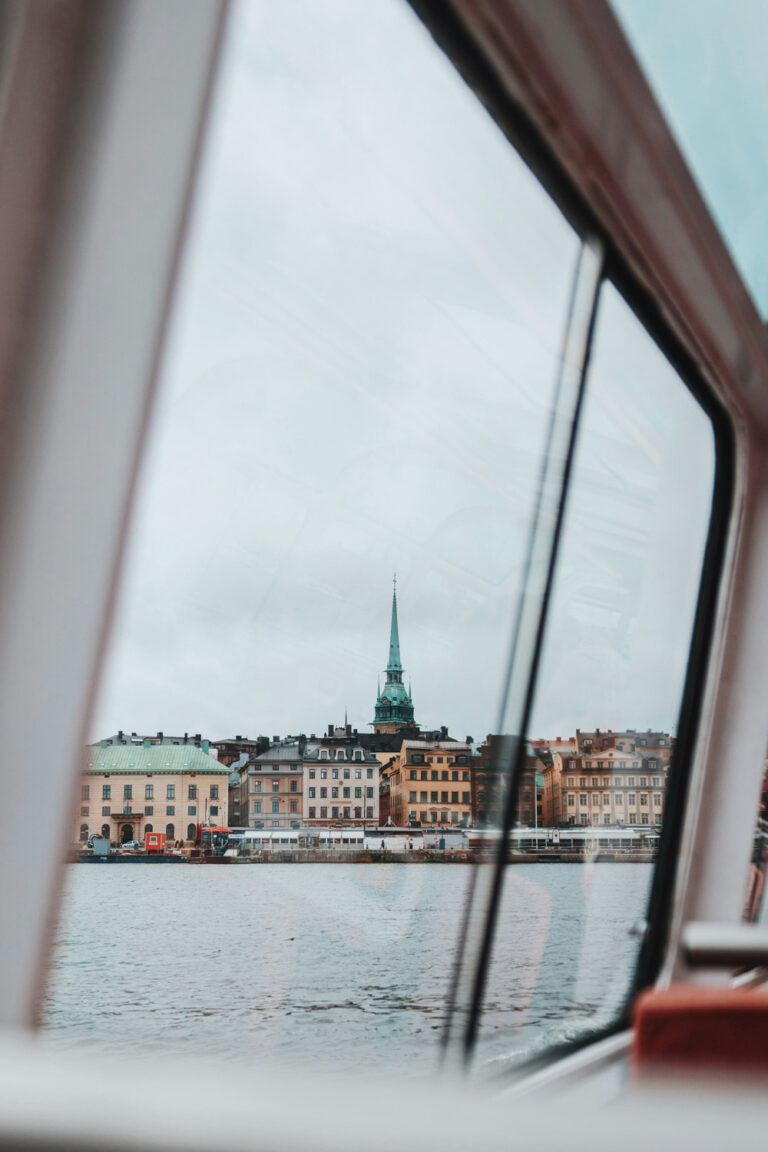
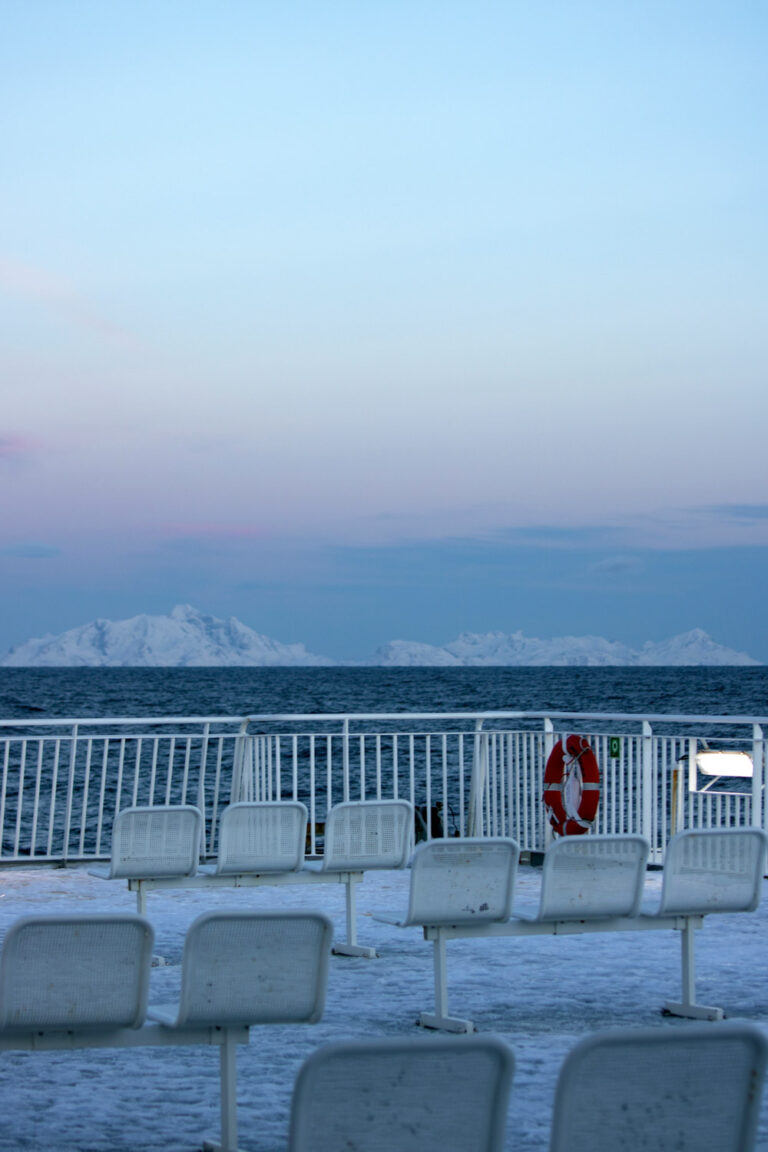
What will the journey feel like?
Comfort can vary widely by mode.
Trains
Many Nordic long‑distance trains are quite comfortable. For instance, modern Swedish and Norwegian intercity trains feature large windows, tables, power outlets and free Wi-Fi. There are often quiet or family zones and some coaches have play areas for children. You can walk around, use a bistro or dining car and stretch your legs between cars.
Planes
By contrast, economy airplanes have cramped 3+3 seating, small overhead bins and limited legroom. Plus, takeoff and landing mean you’re stuck in place for a long time. Air travel also has the jostle of taxiing and turbulence, which some find uncomfortable.
Ferries
Ferries are more like mini-cruises – think lounge sofas, restaurants and even pools on big ships. They usually have open decks and lounges for enjoying the view. On Baltic ferries (Helsinki–Stockholm etc.) you can buy a cabin or just sit in an armchair or cafe. Sea travel is gentler (and offers great views of fjords or the archipelago), but seasickness can be an issue on rough days.
Buses (coaches)
Coaches sit in between: newer coaches are decent (with reclining seats and sometimes Wi-Fi), but legroom and ride comfort are generally below trains and ferries. If you plan to work or relax, note that most trains have Wi-Fi and power outlets, whereas some budget buses may not.
Scenery
Don’t forget that some overland routes offer spectacular views (e.g. Norway’s fjords by train/ferry) that a plane can’t match. On a daytime train, especially with a panoramic carriage, you might gladly spend an extra hour to see the landscape. Families often prefer trains or ferries too, since kids can move about more freely than on a plane.
Imagine yourself on each trip: will you have room to open a laptop or book? Will little ones get restless? If you need to rest or sleep, a night train or a private ferry cabin might feel far more relaxing than a crowded airport or an economy aisle.
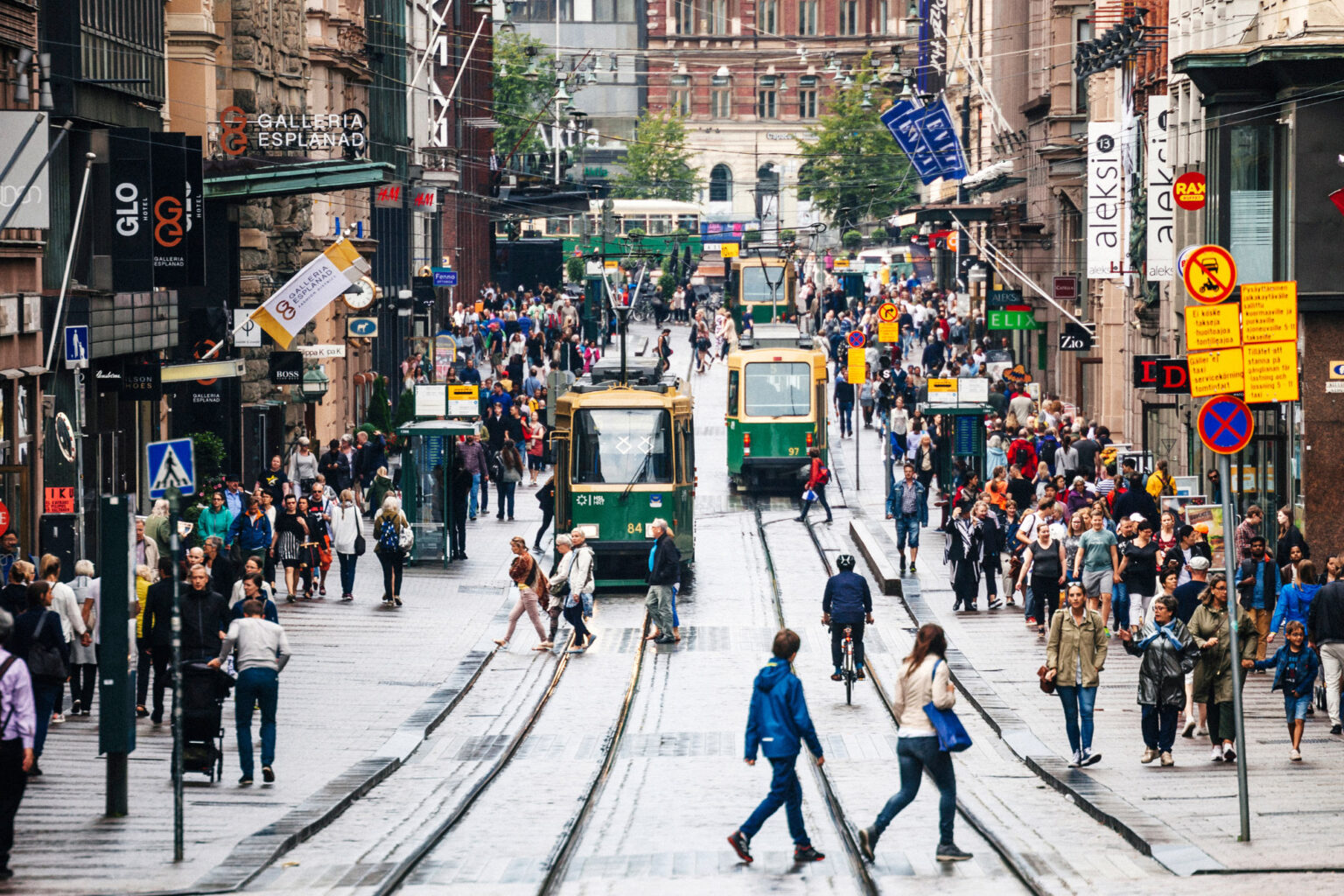
What are your luggage and gear realities?
Finally, consider what you’re hauling. Nordic travellers often have skis, bikes, strollers or large suitcases. Trains are generous: you usually bring all your bags on board with no extra fee and many have dedicated space for skis or bikes (sometimes for a small supplement or reservation).
Coaches typically include under‑floor luggage holds (with some size limits) and allow one carry-on. Ferries let you bring cars (with any gear inside) or walk on with large luggage. Even as a foot passenger, you can generally take unlimited suitcases.
Flights, on the other hand, are the least flexible: checked baggage is often extra (or limited), oversized sports gear can cost a lot and cabin bags must fit specific dimensions.
So if you have bulky items, land or sea travel is friendlier. Arriving by train or ferry also means you’re at a downtown station or port with bags in tow, often just a short walk or tram to your hotel. Flying might save a little time on short hops, but remember to add in the hassle of airport baggage claim and a taxi or train into town. In short, if you’re lugging gear, trains/coaches/ferries usually beat planes on convenience and cost.
Share this
Stay in the know
Sign up for the latest hotspot news from the Nordics.
